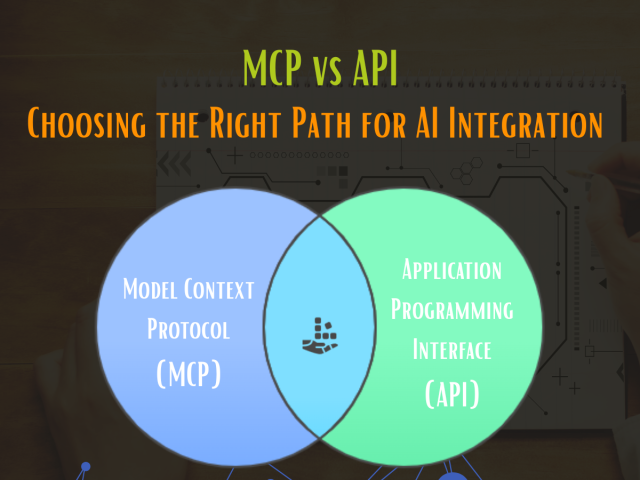Containerize a .NET Core app using Docker – What will be the impression of any software when any stuffing works for the successful run. The world is already going through several changes in the IT world. Developers have several issues while programming certain software.
To improve reliability, software development society has taken a long jump in test-driven development and other integration processes. It gives a huge hike to the software’s quality, where developers do not have to change a certain program’s codes.
.NET core app is a development program that allows developers to create web apps, which run on Linux, MAC, or windows. Developers use the .NET core on .NET platforms to create web applications. Now .NET core apps have the recent option of stuffing the .NET core app into the container using a docker.
Docker is an independent program that can use to develop applications by checking their performance. Developers can containerize the .NET core apps with a docker’s help to modify the program.
What are the applications of a docker?
A docker helps developers to separate the applications from the base infrastructure in a short period. It allows the developers to manage the infrastructure in the same way that developers use it while managing them.
Docker can run in a container, which is an isolated environment for a code. The host doesn’t have to increase its size to install the container because it fits without an extra hypervisor. Due to this, the containers are a lightweight system that takes the host’s kernel to run.
If you are a developer and using a virtual machine, you don’t need to install many machines for different containers. You can use several containers within a single machine. Also, there are docker containers that run without host machines. This is because the docker containers are themselves virtual machines.
How to use Docker to containerize the .NET core apps?
A container is itself an infrastructure that provides scalability to the developers with a portable architecture. You can use the image to create a container for the local cloud, public cloud, and private development environment.
A container deploys several tasks for a .NET core app to find the relevant outcomes. A docker-engine creates the package apps in an image file and is written in the Dockerfile format. The image can deploy in a layered container, which can open the app’s source codes using the host kernel.
To containerize the .NET app core using a docker, we need to perform the following things to create successful programming.
Prior applications
- If you want to containerize the .NET core apps, you have to install the .NET Core SDK. If already there is an application, you can use a command to check which SDK you are using. The command is Dotnet–info. Here you can find the version of SDK you are using for the containerizing.
- Docker community edition will be the second need for running the .NET core app. The community edition will help you to containerize the core apps with the help of a docker.
- There should be a folder where we will store the docker file and .NET core apps.
Generate the .NET core app
Now you have to create a .NET core app with the help of the Docker community edition application. You have to be more careful while running your codes in the machine because it needs specified codes and commands.
The created folder can be used for running the program. The folder will contain the complete programming codes and the developing codes you have used while coding.
Now change the management of the app folder. The application is ready to run after submitting all the codes and registered your .NET core app to the folder. The .NET core app’s design uses C# codes, so it is better to check for all the codes before running the application.
Publish what you created
Anyway, the app is ready to run, but you have to publish the .NET core app before creating the image. You can use the Dotnet publish -c Release to publish the .NET core app. The command will compile the app to the folder where the .NET core app should publish.
After publishing the app, you can check the published app to find the errors if there is something. The Docker will help you examine the codes, and you can use the container to edit the codes. If the publication of codes is successful, you can send them to the Dockerfile image.
Create the docker file image
After publishing the .NET core app to the folder, you must run a Docker build to create the Docker image. The image will give the Dockerfile format to the file without any extension.
You can use many names for the file you want in the directory. After saving the image to the directory, the Microsoft Container Registry has accessible containers, which you can use while containerizing the .NET core app.
After the completion of the docker and .NET apps, you can create a container for further operation.
Prepare a container
You can create a container to run the image you have created. When you run certain codes in the directory, you will get the container image file, which can be used to create the container.
You will get a container ID for the command’s outcome to check all the containers you have prepared. Now the name you have used to create the container will help you to manage the container.
You can start or stop the container by using the codes. After checking the container, you can attach the Docker to the container to see the output. After attaching the container to the Docker, you can check the peak at the output stream and stop or start the container.
After attaching to the container, you have to detach and then again reattach the container to check whether the file is running well or not.
Concluding Remarks:
The Docker is the key to containerize the .NET core apps. You can use several commands and create the image of the app you are creating. Several Azure services support containers. You can use the following services for a successful container.
- Azure Kubernetes services: These services allow you to scale the Linux containers using the Kubernetes services. You can also orchestrate the container with these Kubernetes.
- Azure apps services: You can run or deploy web applications or APIs in the Linux containers.
- Azure container instances: These services host the containers in the cloud system, which does not need any external management system of the container.
- Azure batch: You can perform various repetitive computing by using these services.
- Azure service fabric: It helps you to change the .NET core apps using Windows server containers.
You can deploy any of the .NET core apps to these containers with the dockers. Dockers enable the modification of a certain code you have used in the formation of the .NET apps.







